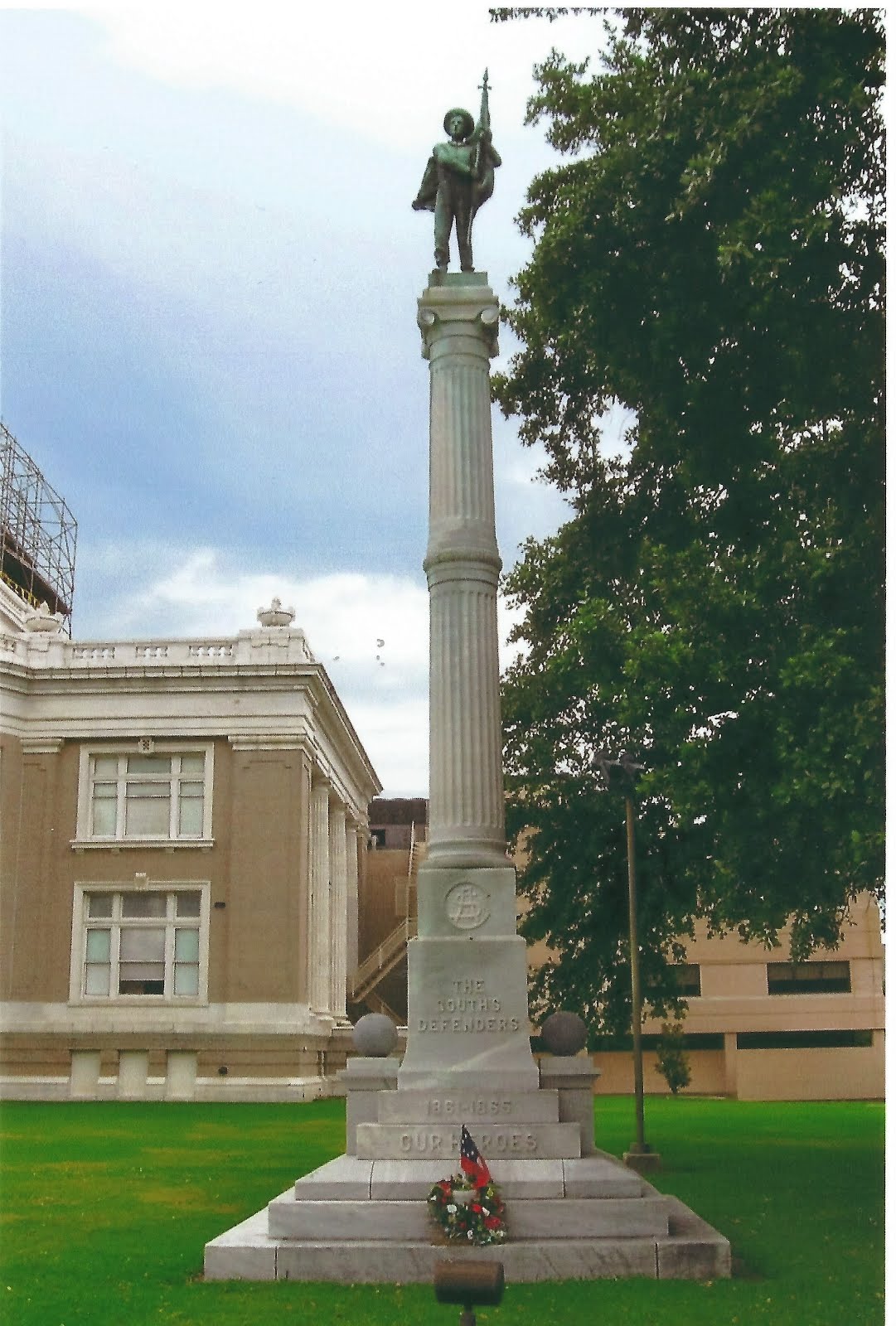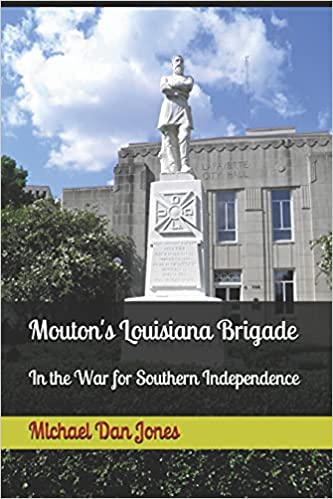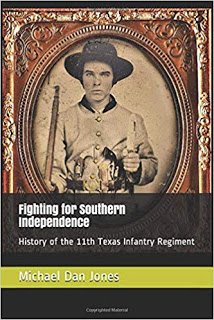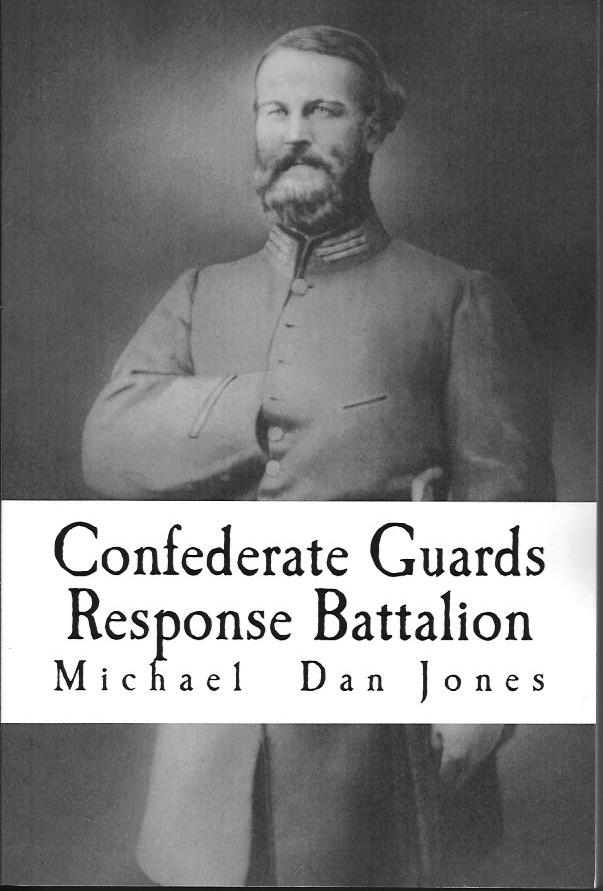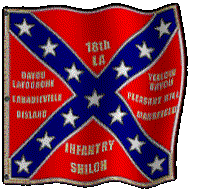Click 👉Today in History, Nov. 30.
ON THIS DAY IN CONFEDERATE HISTORY, Nov. 30.
1862: Near the Leeward Islands in the Atlantic Ocean, the CSS Alabama under the legendary Captain Raphael Semmes masterfully evades the Federal warship USS Vanderbilt and then captures the 136-ton Boston bark Parker Cook with a cargo that included butter, cheese, pork, dried fruit, and ship's bread.
1863: Fighting continued in the Mine Run Campaign in Virginia on this day with skirmishes between North and South at Licking Run Bridge, along Mine Run, and near Raccoon Ford.
Fort Esperanza, on the northeastern tip of Matagorda Island in Texas, was attacked by a strong Federal force under Maj. General C.C. Washburn from the XIII Army Corps. The fort was garrisoned by 500 men of the 8th Texas Infantry Regiment and the 5th Texas Militia under Col. W.R. Bradfute with 7 24-pounders, and one 128-pounder Columbiad on a pivot mounting. The Yankee invaders had six regiments of infantry and two artillery companies. After holding out against the overwhelming force of bluecoats for four days, the Confederates evacuated the fort and retreated. The Federals then occupied the fort. The Federalists lost 1 killed and 10 wounded. The Confederates suffered 1 killed and 10 captured.
Private J.E. Mayfield
8th (aka 12th) Texas Infantry Regiment
(Lawrence T. Jones Collection, DeGolyer Library, Southern Methodist University)
(Image colorized, orange blotches are discoloration)
1864: Gen. John Bell Hood's Confederate Army of Tennessee and Maj. Gen. John Schofield's XXIII Corps and the XIV Corps, both numbering about 27,000 men each, fought the extremely bloody BATTLE OF FRANKLIN, TENNESSEE. The Federals were strongly entrenched, and the Confederates would have to make a frontal assault over an open field. Hood's generals advised against a frontal assault, but the commanding general was determined to make the attack. The fighting was close, and the Confederates gallantly gave it their all, but the fortifications were too strong and too well-manned for a frontal attack to succeed. Schofield began withdrawing his army at 11 o'clock that night, and by the next morning, the Confederates found empty entrenchments. The casualties were staggering for the Confederates, with five generals killed, including Patrick Cleburne, John Adams, Hiram B. Granbury, States Rights Gist, and Otto Strahl, and John C. Carter mortally wounded. Hood reported a total of 4,500 men killed, wounded, and missing or captured. The Federalists lost 189 killed, 1,033 wounded, and 1,104 missing or captured for a total of 2,326 casualties.

Brig. Gen. Hiram B. Granbury
Killed in action at the Battle of Franklin, Tenn.
Confederate General Birthdays, Nov. 30.
Major General Gustavus Woodson Smith was born on this day in 1821 in Georgetown, Kentucky. He graduated from West Point in 1842, served in the Mexican-American War, and was brevetted a first lieutenant and captain for service at the Battle of Contreras. He resigned from the U.S. Army in 1854 and became the Commissioner of Streets in New York City from 1858 to 1861. Smith joined the Confederate Army and was commissioned a major general. At the Battle of Seven Pines, Va., on May 31, 1862, he became temporary commander of the Army of the Potomac (soon to be renamed Army of Northern Virginia) when Gen. J.E. Johnston was wounded. Gen. Robert E. Lee took command of the army on June 1, 1862, and Smith went on sick leave. In August 1862, he returned to duty in August 1862 and was assigned to command the Department of North Carolina and Southern Virginia, and in November became the interim Confederate Secretary of War. He resigned from the army on Feb. 17, 1863, and subsequently served as a volunteer aid to Gen. P.G.T. Beauregard, as superintendent of the Edowah Iron Works, and as a major general in the Georgia Militia. Following the war, Smith served as the Kentucky Insurance Commissioner and wrote several books on the War for Southern Independence and the Mexican War. He died on June 24, 1896, in New York City, N.Y., and was buried in Cedar Grove Cemetery in New London, Connecticut.

Maj. Gen. Gustavus W. Smith
